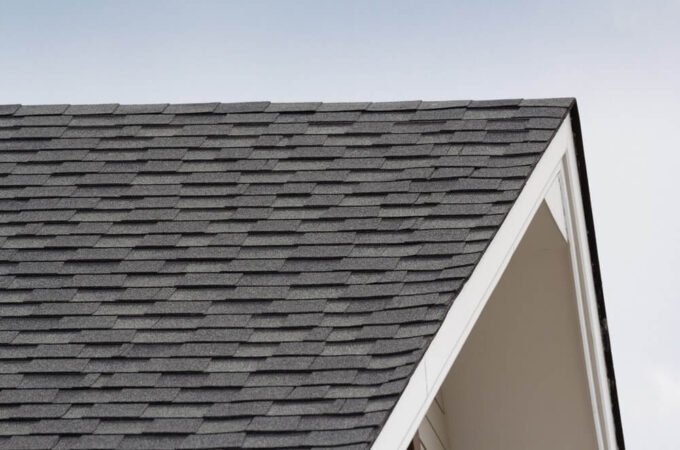
The Origins of Flat Roofing
Most modern roofs are pitched, but there is still a case for the flat roof. Historically, flat roofs have been around for several millennia. While roofs have developed over time to be sloped to prevent the buildup of rainfall, flat roofing has continued to be used in dry climates.
This makes sense as warm climates have very little rainfall and little to no snow. The damage from constant rainfall will not serve as an erosive force to flat roofs in these areas. Flat roofs have been largely abandoned in modern cities and countries that expect regular rainfall throughout the year.
But flat roofs have been coming back into use in the West starting from the 19th century. This is largely due to new materials that were resistant to water. This included various metals, concrete, and waterproofing agents to protect the roofs.
Today, you often see flat roofs used in commercial buildings. There are many different materials that can be used to build flat roofs. This includes rubber, tar, various metals, PVC, and even metals. Typically, flat roofs are made out of multiple layers of different materials.
Each of the materials serves a different function. For example, the rubber on the outside will help keep the insides from absorbing moisture. Below that, there may be a thick layer to keep out water as an added level of protection. Then there may be an insulating layer and the bottom deck to serve as a strong foundation.
Should You Choose a Flat Roof?
The answer really depends on your situation. If you own a commercial property, there is a strong case for flat roofs:
- Flat roofs are cheaper than pitched roofs
- Maintaining flat roofs is easier, which is more optimal if you are running a business
- Maintenance is cheaper as the materials are cheaper and easier to fix
If you are a homeowner, there are also reasons you may want to install a flat roof. The main reason is that you get access to more space on your property. You can install a rooftop setup. This can be a lounge area, a place where you can barbeque, or simply be used to provide you with a beautiful view.

While there are many benefits to flat roofing, it’s also important to be aware of the cons:
- The lifespan of flat roofs is shorter. On average, pitched roofs last anywhere from 20 to 30 years. Flat roofs will last half as long as pitched roofs. So in the long term, you may end up paying more for your roof.
- While maintenance is easier and cheaper, it is also more frequent. Depending on how much rainfall you get in your area, you will find yourself having to maintain your roof more regularly than a pitched roof.
- The risk of leaks is greater. Because you are working with a flat roof, it’s easy for water, ice, and snow to build up. This can lead to damage that leads to leaks. With that said, the technology for flat roofs has come a long way. Depending on the materials and the design of the drainage solution, you may not really have to worry about leaks.
So that’s a quick overview of the origins of flat roofs. If you have a commercial property or you are a homeowner that wants to go with more of a modern look, they are a great option to consider.





